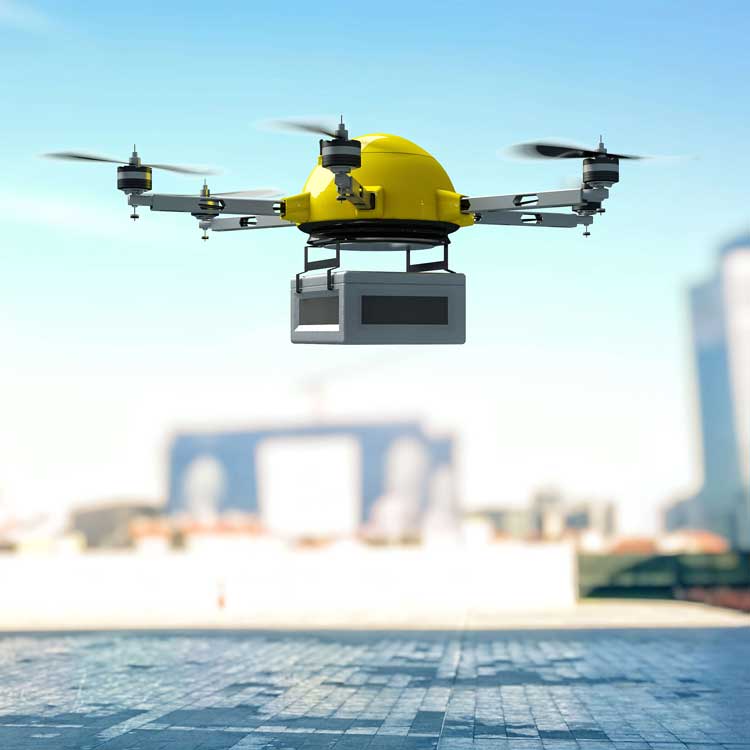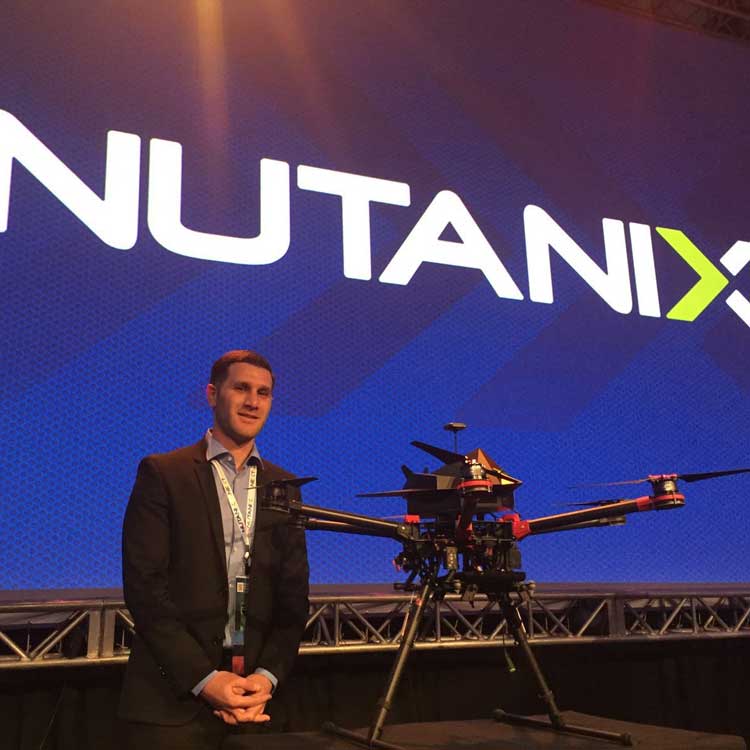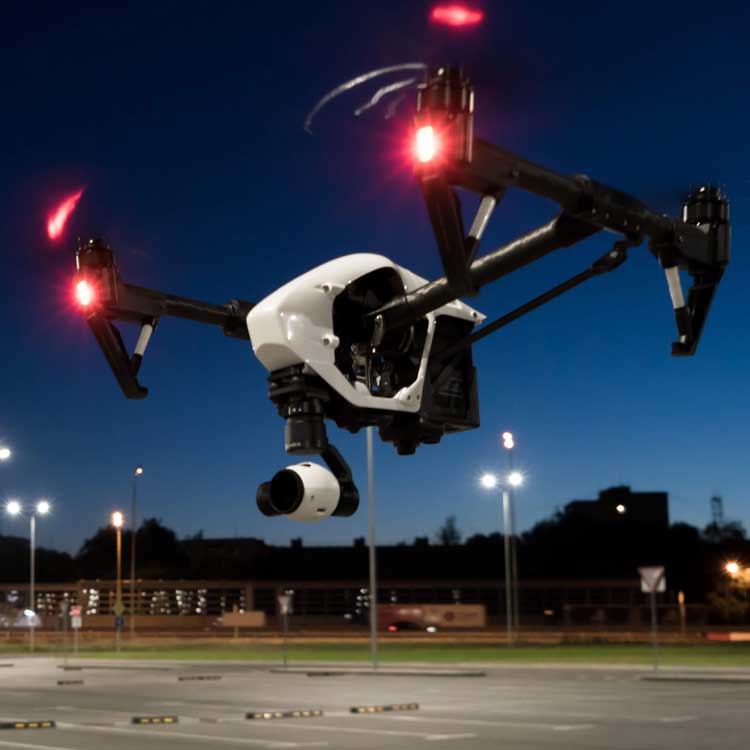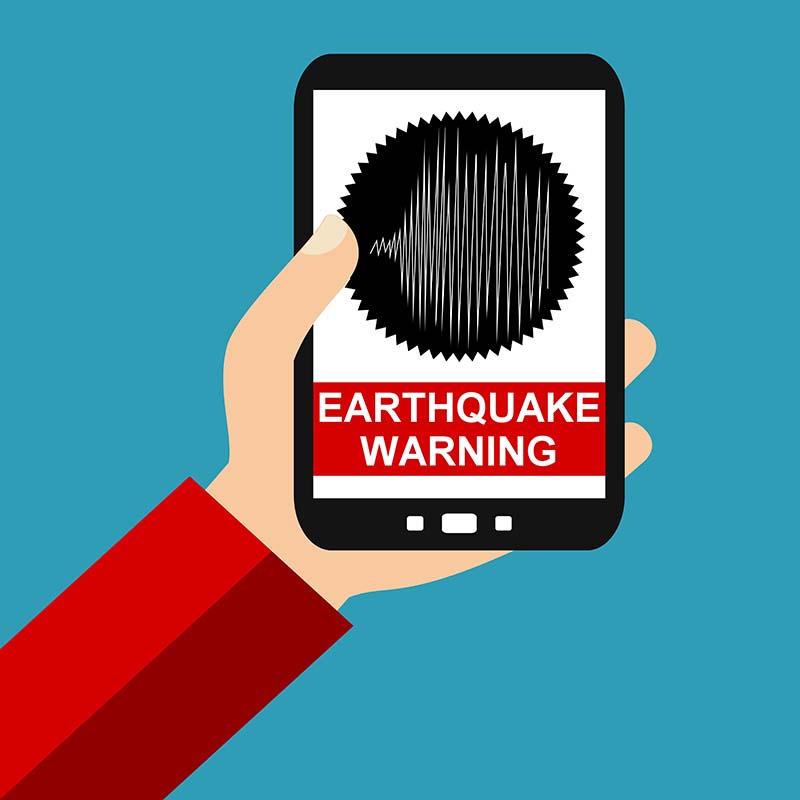Using AI and machine learning, DroneShield trains its sensors to detect UAVs with speed and precision.
“We’ve been using AI and machine learning to analyze images and to detect, classify and track drones and drone payloads,” Vornik said.
“To avoid recognition, you might put biological skins on top of drones or have them mimic animals. You have to stay one step ahead [of criminals], and AI plays a large part because now the system can detect never-before-seen threats. In a conventional world, you’re basically saying to the system, ‘These things are threats.’ But if something else comes along, the system won’t recognize it. With AI, the system learns to figure out if something is a threat, much like a human would if they hadn’t seen it before.”
Along with AI, cloud and edge computing help manage incoming airspace data.
“Cloud computing is our preferred approach, as it offers a number of advantages in terms of pooling locations together, accessing it remotely anywhere in a secure fashion and diagnosing the system easily,” Vornik said. “We also make quite an extensive use of edge computing. Instead of sending all of the information they’re absorbing to a central point, our sensors preprocess the data and send bits of information, which substantially reduces the bandwidth that they need.”
San Mateo County in northern California is one jurisdiction using counter-drone technology to protect sensitive infrastructure from airborne threats.
“For me, it’s all about the data,” said Ulysses Vinson, co-founder and director of SMC Labs, which uses sensors to detect drones on behalf of the county while collecting information on UAVs’ flight duration and frequency.
“Having the data really creates the dialogue for informed policy decisions. It’s the driving point on how we can make government services more efficient.”
Hovering on the Horizon
With UAV hardware advancing, delivery drones and air taxis are poised for takeoff.
“Drones are going to continue to get better flight times, payloads, cameras, sense-and-avoid systems and swarming technology,” Vornik said.
Once the true potential of drones is realized, tools like cloud-based data management, AI and machine learning will be imperative to keeping the sky safe—not to mention the ground beneath it, where the same technology might also power the next generation of ground transportation, including self-driving cars.
“The cooperative side of traffic management will help all sorts of automation systems,” Kucera said. “Not just aviation, but any kind of dynamic Internet of Things where you want to understand the harmony of all the objects moving around and how they do that efficiently and safely.”









